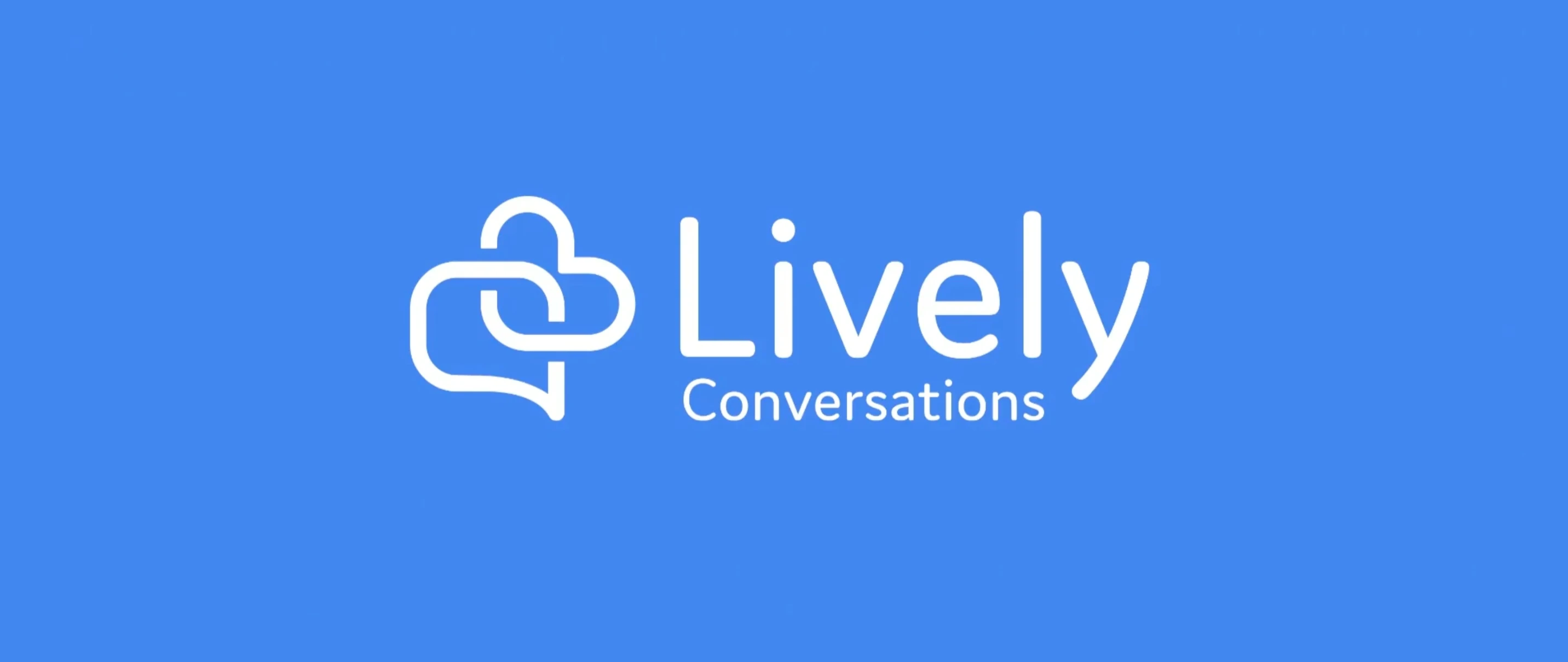The Lively Blog
SIGN UP FOR OUR
Newsletter
Stay up to date on the latest news delivered straight to your inbox
Lively Conversations: The OBBB and HSAs
Lively Team · July 24, 2025 · 4 min read

Lively Conversations is a new video series featuring candid discussions with industry experts on the evolving landscape of health benefits. In our debut episode, Lively’s General Counsel, Jordan Mazur, sits down with Regional Sales Director Heather Jones to discuss the One Big Beautiful Bill (OBBB)—a recently passed piece of legislation that introduces key changes to Health Savings Accounts (HSAs).
The conversation focuses not just on what changed, but on why it matters, how industry voices—including Lively’s—helped shape the outcome, and what stakeholders should consider as they prepare for future benefit planning.
Whether you're an employer evaluating plan design, a broker advising clients, or simply someone curious about where healthcare benefits are headed, this conversation offers context, insight, and clarity.
▶ Watch the full conversation below:
Highlights from the Conversation
Rather than offering a technical breakdown of the legislation, the conversation focuses on understanding the real-world implications of the OBBB in both human and organizational terms.
Key topics discussed include:
Expanded HSA eligibility Individuals enrolled in Catastrophic plans—previously excluded from HSA eligibility—will now be able to contribute to an HSA under the new rules, potentially opening access to millions more.
Support for telehealth and direct primary care The OBBB makes permanent certain temporary flexibilities introduced in recent years—such as allowing first-dollar coverage for telehealth—while also newly allowing HSA usage for qualifying Direct Primary Care (DPC) arrangements.
The role of industry engagement The conversation explores how stakeholders and Lively team members engaged directly with Senate staff to advocate for the inclusion of key provisions in the final legislation.
A Nuanced Perspective on Policy
While the OBBB reflects meaningful policy change, the tone of the conversation remains measured and thoughtful. It avoids framing the legislation in political terms and instead focuses on how these updates create more flexibility, broaden access, and open new opportunities for HSA account holders and plan designers.
Both Heather and Jordan emphasize the importance of:
Staying informed as the rules continue to evolve
Having ongoing conversations with clients and peers
Considering the individual stories behind benefits policy
Who Should Watch This Video?
This conversation is especially relevant for those responsible for making sense of health benefits in a changing landscape. It offers perspective for professionals who need to understand not just what changed, but how those changes could affect strategy, planning, and communication.
If you’re in one of the roles below, this episode is worth your time:
HR professionals and benefits leaders exploring how the updates affect plan design
Brokers and consultants helping clients navigate the 2025 open enrollment period and beyond
Individuals looking for a clearer understanding of how recent changes may impact their HSA eligibility and usage
Designed to Start a Dialogue
This video marks the launch of Lively Conversations, a new series created to unpack timely topics in healthcare and employee benefits through open, informed dialogue. Rather than focusing on technical interpretations or policy enforcement, this series is about providing context, clarity, and conversation around the issues that affect real people—employers, brokers, and individuals alike.
As legislation evolves and benefit models become more complex, these conversations aim to:
Break down what’s changing in plain terms
Share personal and professional perspectives from across the industry
Highlight the questions stakeholders are asking and the opportunities they’re seeing
Create space for dialogue, not just direction
Each episode will feature voices from across Lively and beyond, offering different angles on topics shaping the future of benefits—from policy and compliance to accessibility, innovation, and strategy.
We believe the best way to navigate a changing landscape is to stay connected, informed, and open to discussion. This series is our step toward making that easier.
For a Detailed Overview
For a structured summary of the bill’s provisions, timelines, and what to consider next, read our One Big Beautiful Bill (OBBB) Guide.
Interested in offering or opening an HSA with the flexibility the OBBB enables? Contact our team to learn how Lively can help you get started.

Benefits
2025 and 2026 Maximum HSA Contribution Limits
Lively · June 20, 2025 · 3 min read
On May 1, 2025, the IRS announced the HSA contribution limits for 2026: $4,400 for individual coverage and $8,750 for family coverage. That’s a $100–$200 increase from the 2025 limits, which are $4,300 and $8,550 respectively. If you’re 55 or older, you can still contribute an extra $1,000.

Benefits
What is the Difference Between a Flexible Spending Account and a Health Savings Account?
Lauren Hargrave · February 9, 2024 · 12 min read
A Health Savings Account (HSA) and Healthcare Flexible Spending Account (FSA) provide up to 30% savings on out-of-pocket healthcare expenses. That’s good news. Except you can’t contribute to an HSA and Healthcare FSA at the same time. So what if your employer offers both benefits? How do you choose which account type is best for you? Let’s explore the advantages of each to help you decide which wins in HSA vs FSA.

Health Savings Accounts
Ways Health Savings Account Matching Benefits Employers
Lauren Hargrave · October 13, 2023 · 7 min read
Employers need employees to adopt and engage with their benefits and one way to encourage employees to adopt and contribute to (i.e. engage with) an HSA, is for employers to match employees’ contributions.
SIGN UP FOR OUR
Newsletter
Stay up to date on the latest news delivered straight to your inbox